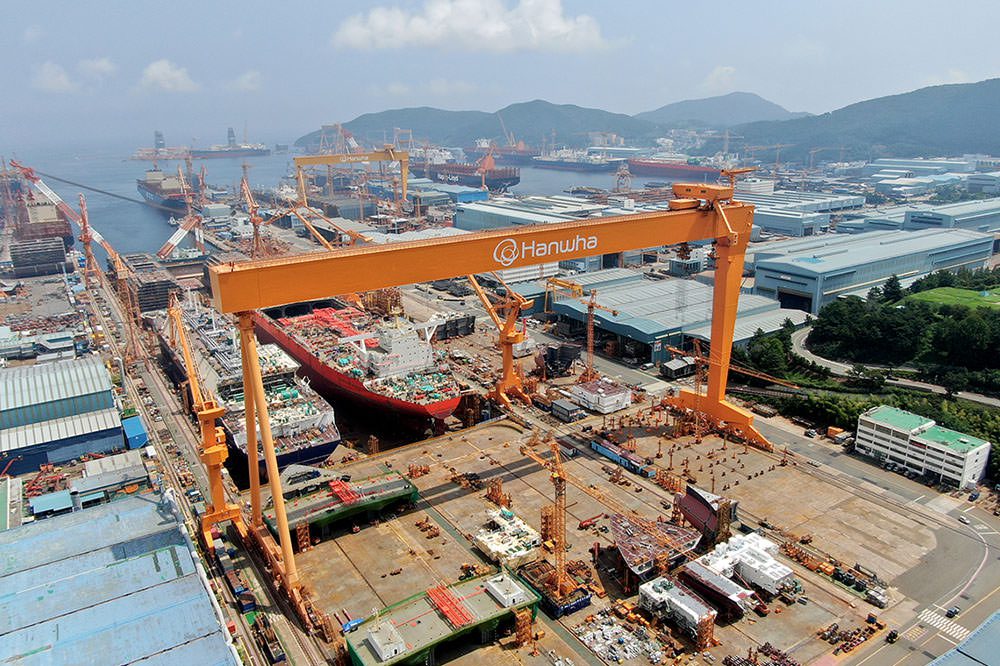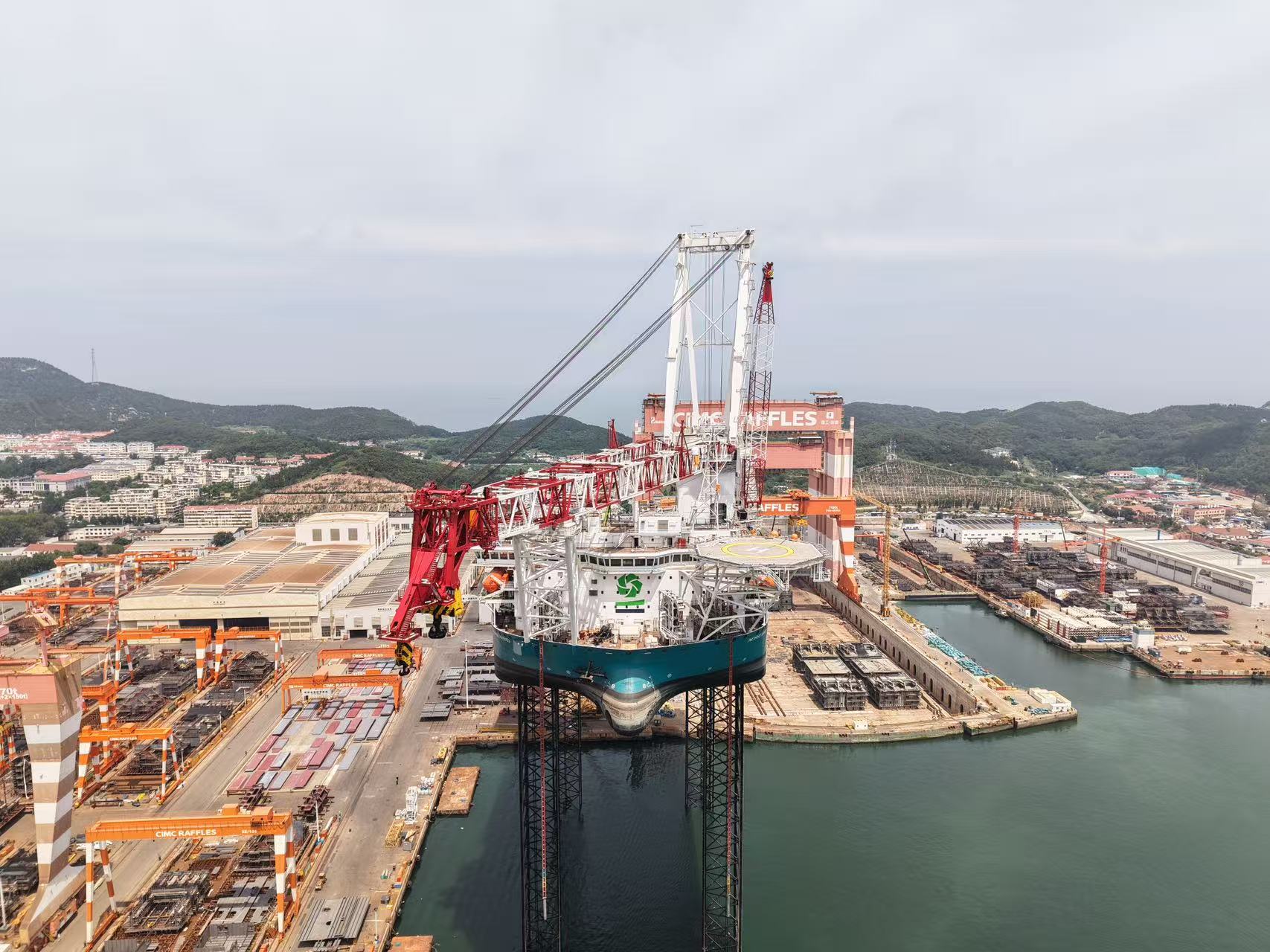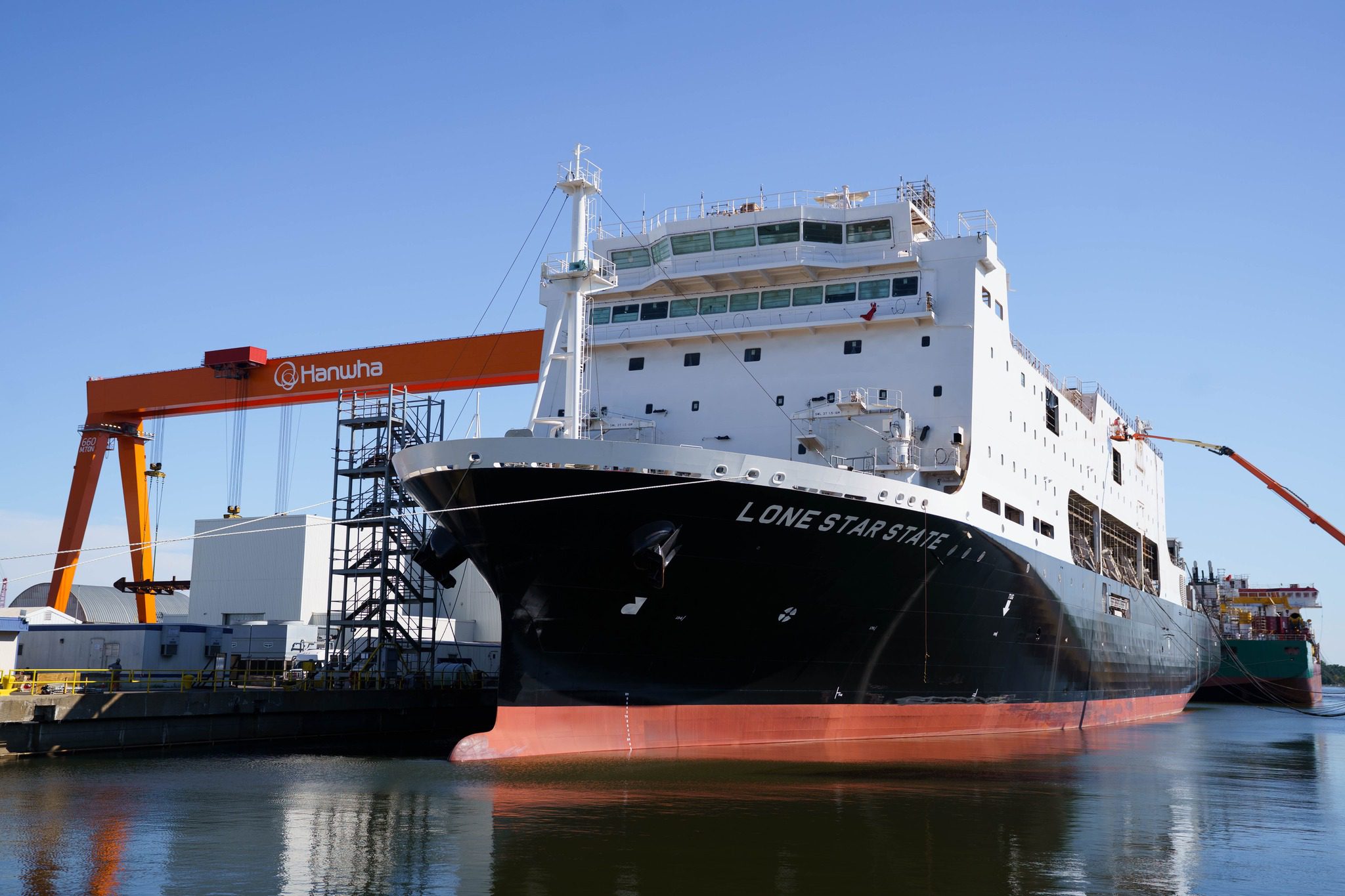Hanwha Shipping, a unit of South Korean conglomerate Hanwha Group, announced today it has ordered a liquefied natural gas (LNG) carrier from Hanwha Philly Shipyard, marking the first U.S.-ordered, export-market-viable LNG carrier in almost 50 years.
This order, which includes an option for an additional vessel, represents a significant milestone in America’s shipbuilding and maritime resurgence.
“We’re excited to leverage Hanwha’s world-class shipbuilding prowess to equip American industrial partners with the skills to construct next-generation LNG carriers for the first time in nearly five decades,” said Ryan Lynch, President & CEO of Houston-based Hanwha Shipping.
According to Hanwha, the project will use a joint-build model, with Hanwha Philly Shipyard signing the primary shipbuilding contract and executing it in partnership with Hanwha Ocean. While a “significant portion” of construction will occur at Hanwha Ocean’s Geoje shipyard in Korea, Hanwha Philly Shipyard will handle U.S. regulatory compliance and safety certifications. Notably, the vessel will not be compliant with the Jones Act, which requires goods transported between two U.S. points to be U.S.-owned, -operated, and -built ships.
“Through this model, Hanwha plans to gradually transfer its advanced shipbuilding technologies to Hanwha Philly Shipyard, enabling the latter to expand into high-value shipbuilding,” Hanwha said in a statement.
The first vessel is anticipated for delivery in the first half of 2028.
The order follows Hanwha’s $100 million acquisition of Philly Shipyard last December. The shipyard has delivered approximately 50% of all large ocean-going U.S. Jones Act commercial vessels since 2000.
The order aligns with President Trump’s “Restoring America’s Maritime Dominance” executive order signed in April, which outlines a plan to combat China’s dominance in global maritime sectors. It also follows the U.S. Trade Representative’s proposal requiring a small percentage of LNG carriers exporting U.S. gas to be flagged and built domestically, a requirement that critics have warned is infeasible because there aren’t enough U.S.-built ships to meet the demand.
Hanwha intends to use the vessels to support U.S. energy exports and security, particularly amid heightened geopolitical tensions and increasing pressure on energy supply chains.
The South Korean conglomerate is also reportedly planning a multi-million-dollar investment to transform its Philly Shipyard facility into a high-tech operation capable of producing up to 10 vessels annually by 2035.
To qualify for Jones Act coastwise trade, vessels must be entirely U.S.-built, with all major hull and superstructure components fabricated in U.S. shipyards and final assembly taking place domestically. While structural elements must be American-made, non-structural components such as engines may be imported, provided that construction adheres to U.S. regulations.
According to Bloomberg, the vessel will cost “at least $250 million” and have a capacity of 174,000 cubic meters. It will be equipped with a GTT containment system and an M-type, electronically controlled, gas injection (MEGI) engine.

 Join The Club
Join The Club











